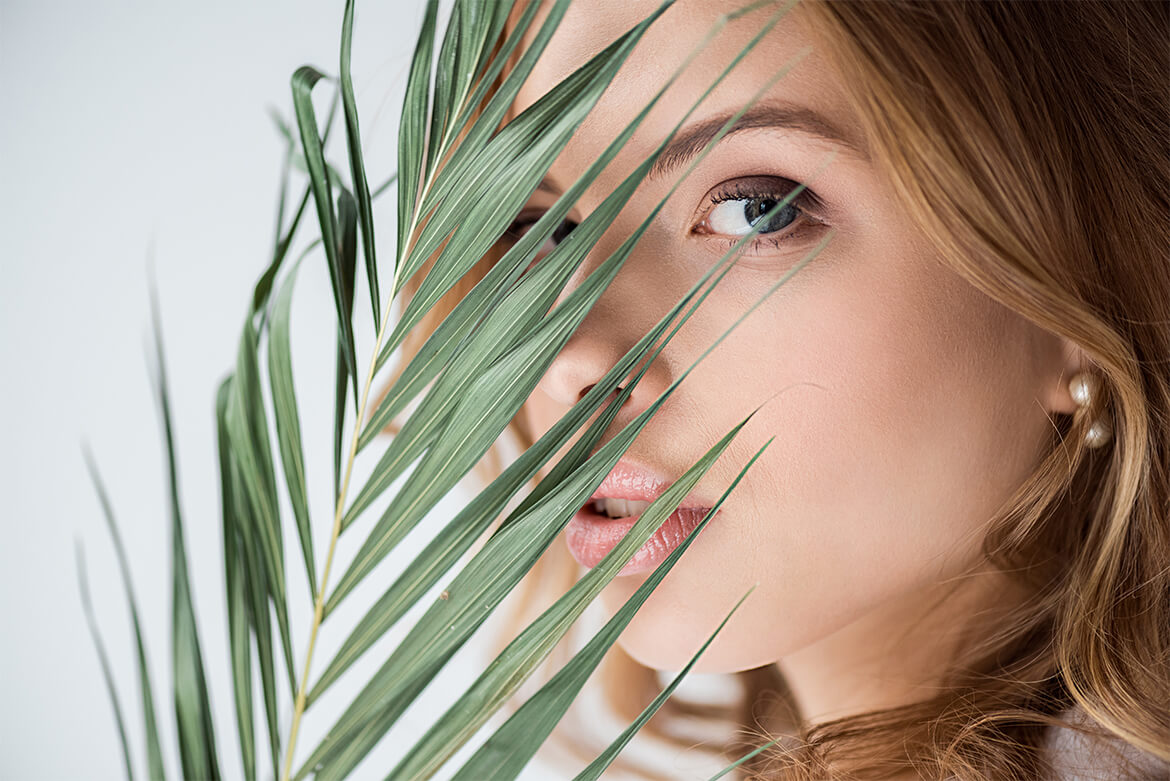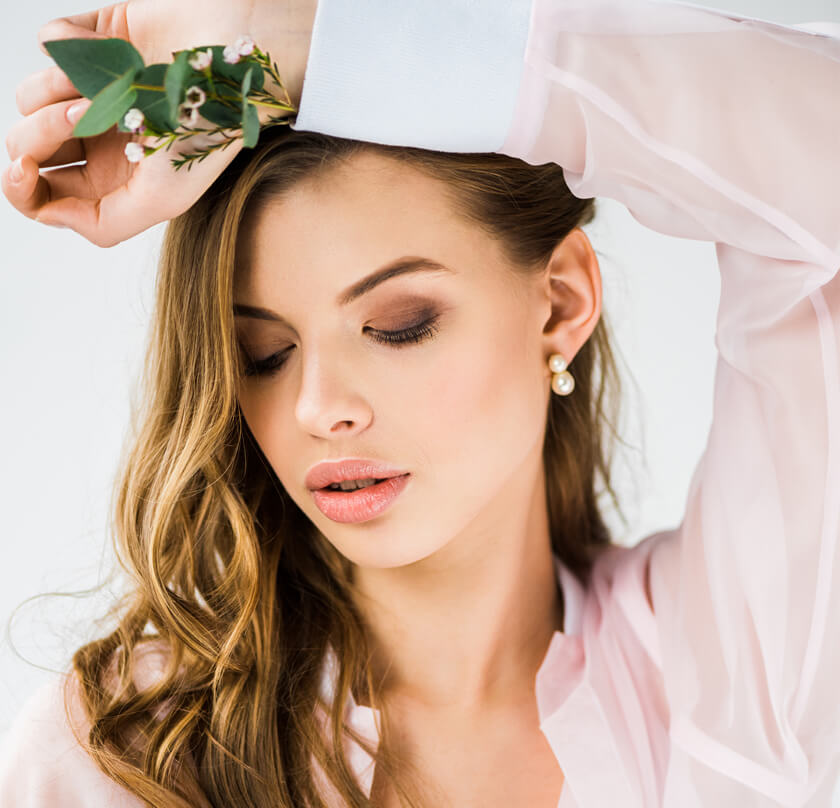
Often searching out the graphical symmetry in chaos, while still maintaining the personality.
Photography is all about light. To let the camera “see” what you wish, you have tools controlling how much light reaches the camera sensor: the aperture and shutter speed controls. With too little light, your photo will be too dark. With too much light, it will be too bright. In both cases some details will be lost. You use aperture and shutter speed to achieve the proper exposure, while taking into account some important side-effects you should be aware about.
Same story happens in a photo camera. I am now probably risking to get a negative evaluation of my physics knowledge, which would unfortunately be quite fair… However, although the physical reasons might differ, the conceptual comparison seems to be quite adequate. When shooting with a photo camera, you let the sensor see the scene through a hole in the lens called aperture. The larger this hole is, the more light reaches the sensor. Normally the sensor is closed by a curtain called shutter. When shooting, the shutter opens, light reaches the sensor through the aperture hole, and then it closes again. The longer the opening lasts, the more light reaches the sensor. This time is called shutter speed.


Aperture and depth of field
As explained above, aperture defines how large the hole is through which the sensor sees the world. In photography, aperture is measured in units called F-numbers, F-stops or whatever else with this F-. Without going into details about what exactly this F- is (I would need to look it up myself to explain, physics again), all you really need to know is the following. The smaller the F-number is, the larger the aperture hole is, and the more light reaches the sensor. From now on by “large aperture” I will mean a large aperture hole (and a small F-number), and vice versa by “small aperture”.
As explained above, aperture defines how large the hole is through which the sensor sees the world. In photography, aperture is measured in units called F-numbers, F-stops or whatever else with this F-. Without going into details about what exactly this F- is (I would need to look it up myself to explain, physics again), all you really need to know is the following. The smaller the F-number is, the larger the aperture hole is, and the more light reaches the sensor. From now on by “large aperture” I will mean a large aperture hole (and a small F-number), and vice versa by “small aperture”.

